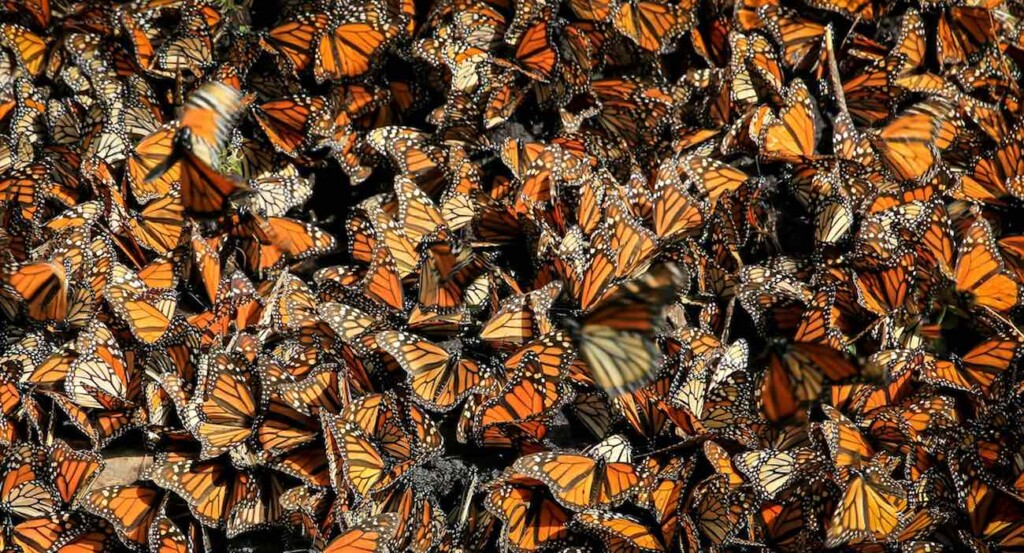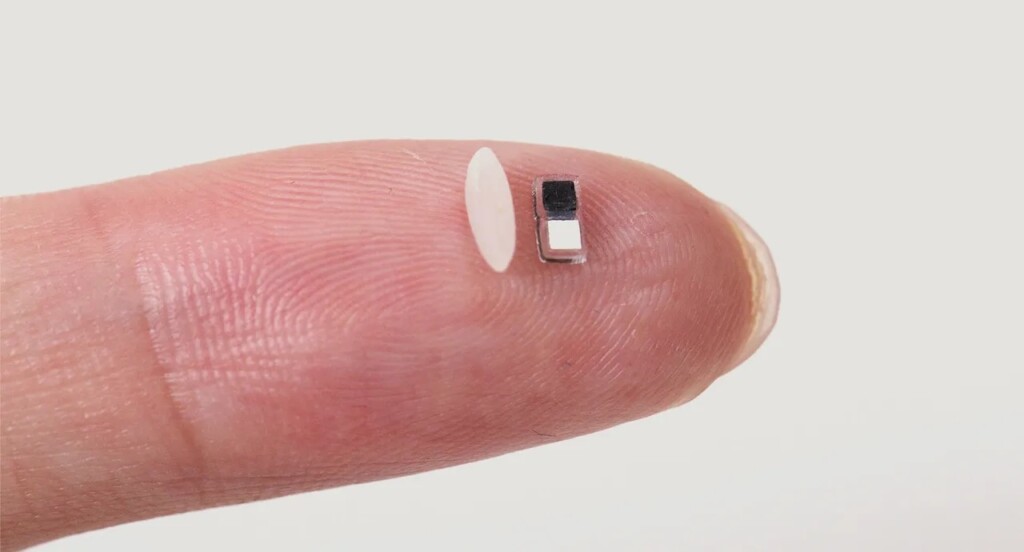
Monarch butterflies in Michoacán, Mexico forest by Alex GuillaumeThe number of monarch butterflies overwintering this year in Mexico has nearly doubled, according to the annual census released last week by the World Wildlife Fund in Mexico and their partners.During the last few months in 2025, the population of eastern monarchs occupied 4.42 acres of central Mexico’s forests—up from 2.22 acres during the previous winter.The encouraging survey was conducted with help from Mexico’s National Commission of Protected Natural Areas and local communities, and it serves as an important indicator of the health of a monarch population that has been clawing its way back from dangerously low levels this century.“It’s now time to turn this year’s increase into a lasting trend with an all-hands approach where governments, landowners, conservationists, and citizens continue to safeguard critical habitats along the monarch’s North American migratory route,” said Jorge Rickards, director general of WWF Mexico, who recognized the key role of local communities and the government of Mexico in conserving the forest that provides an annual respite to this iconic species.Scientists attribute much of this year’s population growth to better weather conditions in 2024—with less severe drought than in previous years along their migration route from the U.S....

